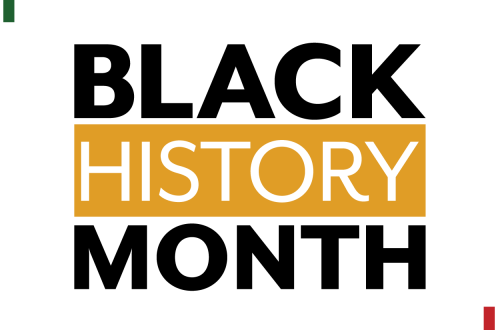Colostrum for the Win!
By Laura Maxson, LM

Colostrum is high in protein, meaning there is a lot of bang for the buck inside each of those tiny swallows in the first minutes and hours after birth.
 Babies do best with skin-to-skin and the opportunity to receive the rich, wonderful substance called colostrum through early access to breastfeeding. Most parents expect to give birth and have their baby in arms for bonding and breastfeeding right away; however, that’s not always the case. Giving birth is full of unknowns; birth plans are made and classes are taken, but no one knows exactly how their birth will turn out.
Babies do best with skin-to-skin and the opportunity to receive the rich, wonderful substance called colostrum through early access to breastfeeding. Most parents expect to give birth and have their baby in arms for bonding and breastfeeding right away; however, that’s not always the case. Giving birth is full of unknowns; birth plans are made and classes are taken, but no one knows exactly how their birth will turn out.
Some families have advance notice that their baby might be in need of a little pre-nursing colostrum boost. Those with known issues in pregnancy such as gestational diabetes or a planned cesarean are often advised to collect colostrum before the baby is born to have on hand at birth, if needed. Hypoglycemic babies (those with low blood sugar) can have difficulty nursing until they get some extra nutrition. Often, supplementation with formula or a sugar mixture is suggested to perk up the baby’s energy and interest in nursing. Collected colostrum, however, is perfect for these babies or those who may need to spend time alone in the neonatal intensive care unit (NICU) at birth. Their own parent’s colostrum/breastmilk is always preferred, even over donated, banked breastmilk.
Collecting colostrum is a simple process. Small sterile syringes (with caps in place of needles) can be used to vacuum up each tiny drop as it appears on the nipple (or drips into a spoon) with hand expression. Colostrum is thick and sticky, similar to honey in consistency, and can come out in tiny drops – with some finding that for the first few tries nothing much comes out at all. Usually within a few days of starting colostrum harvesting, most will begin to find drops appearing for collection. On the other end of the spectrum, some report so much colostrum leaking before birth that nursing pads are needed. Generally, anyone can collect colostrum in advance for their baby, but those who can most benefit are those who might have trouble nursing right off the bat. These might include babies born to those with diabetes (including gestational diabetes), PCOS (Polycystic Ovary Syndrome), hypoplastic breasts, a history of low milk supply, breast reduction surgery, or an expected baby with known cleft lip or palate, just to name a few issues.
Those with any potential issues can usually harvest their colostrum a few times a day beginning at 37 weeks, after checking with their care provider. There are some instances where breast stimulation of any kind would not be a good idea, such as someone at high risk for premature labor. However, people in these circumstances can actually collect some colostrum once their labor begins. They likely won’t collect as much as someone who has a few weeks to work on it, but just a few teaspoons will fill up the tummy of a newborn. It’s always wise to have a discussion with the doctor or midwife to decide what plan is the best for each individual situation.
Parents may need to initiate this conversation during a prenatal visit. Care providers have a lot on their minds and unless it’s a pregnancy with risk factors such as those discussed above, it might not be something on their usual list of topics.
Care providers or lactation consultants can provide colostrum-harvesting kits. Instruction on how to hand express, including access to a few videos, can easily be provided over a tele-health call or in-person visit. The process of collecting colostrum can help bolster milk production, with studies showing a higher incidence of exclusive breastfeeding in those harvesting colostrum. Learning to hand express colostrum/milk is a very helpful skill to learn early on and helps to build confidence while learning to breastfeed. A few minutes of hand expression can soften an engorged breast, decrease discomfort, and allow for an easier latch-on for the baby.
All babies benefit from drinking colostrum as their first meals. A newborn’s digestive tract is just waiting for the unique substances in colostrum to help jumpstart their immune system, blood sugar levels, and their digestive tract.
Colostrum is high in protein, meaning there is a lot of bang for the buck inside each of those tiny swallows in the first minutes and hours after birth. Just don’t forget to add bringing that frozen stash of colostrum-filled (and clearly labeled) syringes to the hospital in plenty of ice to the birth plan.
Stanford Hand Expression Video –https://stan.md/2NDjqxm
Local Lactation resources – www.birthnet.org






